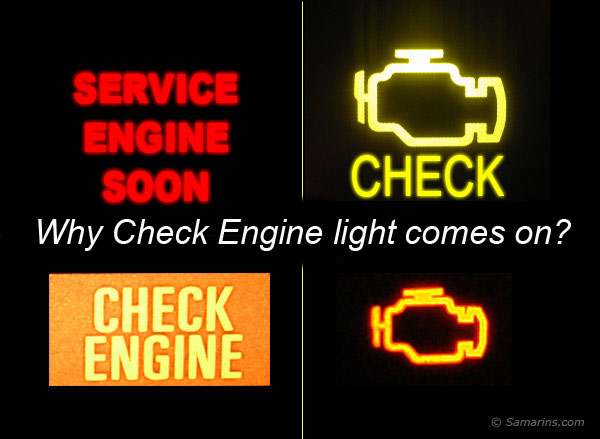If it's possible to pull over:
 |
| Radiator Cap |
- Pull Over, Turn off the engine and allow it to cool down.
- Open the Hood
- DO NOT OPEN the radiator cap when it's still hot! The content is hot and under pressure. Releasing the cap can cause its content to burst out and burn your skin.
- Check the coolant reservoir tank. Fill it if needed (If your car only has a radiator and no coolant reservoir, you must wait for it to cool before checking the level of coolant).
- If the car was simply low on coolant and you were able to refill it, it may be safe to drive on. Follow the instructions below for how to minimize the risk of overheating if you do so.
- If the car appears to be out of coolant entirely, do not drive it. You can quickly cause severe harm to your engine by doing so.
- If help is readily available, you may be better off calling for a tow truck than driving the car.
- If no help is available or conditions are otherwise unsafe you may need to drive on regardless of whether you were able to solve the problems. Read below for how to manage your car if this is the case.
If it's NOT possible to pull over:
- Turn the A/C OFF
- Flip the climate controls to vent, turn the heater all the way up, and turn the fan all the way up. If the weather is hot, the inside of the car will heat up quite a lot. Point the vents out the windows as much as possible to help reduce the temperature.
- Keep your attention on the temperature light on the Dashboard.
- Those tips can help you minimize the heating if you can't pull over:
- Turn off your engine, but only if you are sitting in traffic or stopped at a light and not moving for more than a minute. Keep a lookout ahead for when the traffic will move and turn your engine on before that point.
- Keep it steady in stop and go traffic. It is better to move at a steady slow pace than to go fast, stop, go fast stop, etc. (Generally people will not cut you off in stop and go traffic since everyone is stuck in the same situation.)
- If your vehicle has a belt-driven radiator fan (usually rear wheel drive and four wheel drive vehicles) and you are stuck in traffic, place the transmission in neutral or park, and smoothly increase the engine speed to 2000 RPMs. Hold the RPM there for a minute or so. This will increase the speed of the engine, and in turn, turn the water pump and radiator fan faster. This will draw more air through the radiator to dissipate the heat. If your car has electric fans (typically front-wheel-drive vehicles), this method will not work for you.
- Wait out rush hour traffic. Pull over if you think your car will break down in stop and go traffic. Turn off the engine and wait for the traffic to start moving normally. Once the traffic starts flowing again, it is better for you to drive faster than slower as more air will come in and cool your engine.

http://www.wikihow.com/Stop-an-Engine-from-Overheating





















